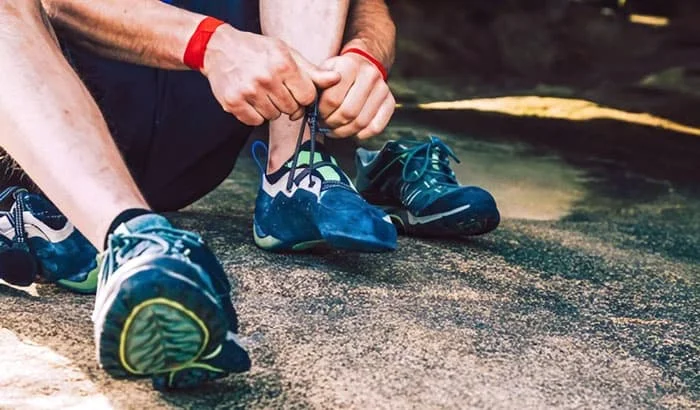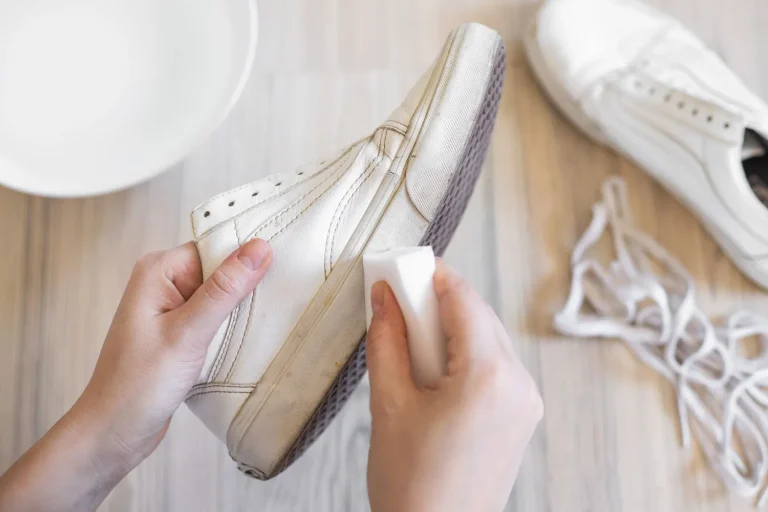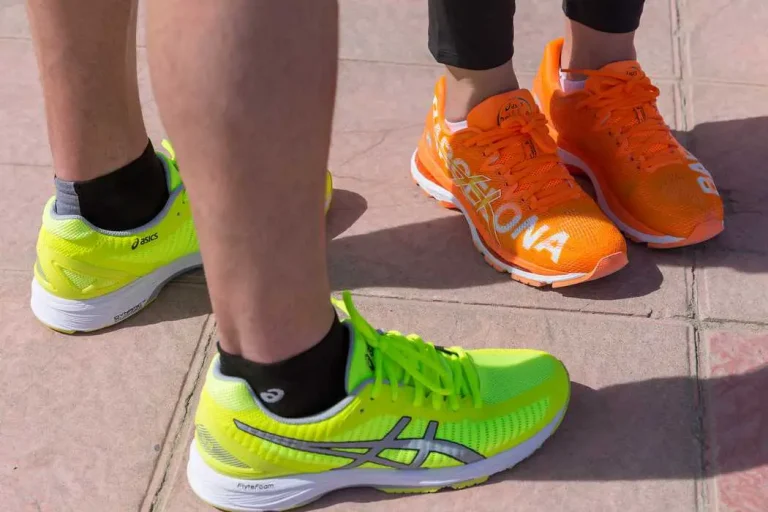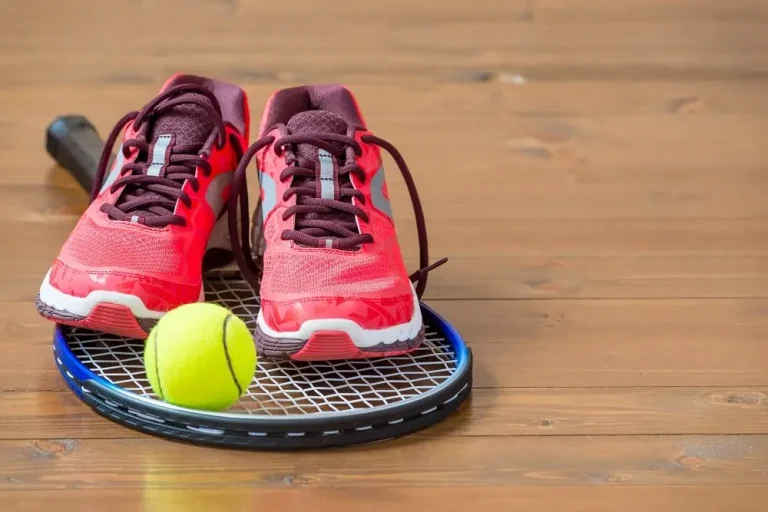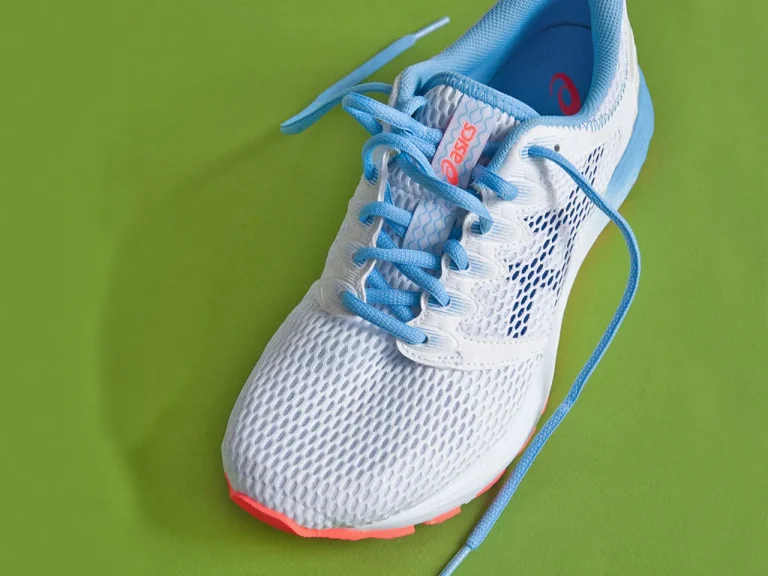Do Tennis Shoes Stretch
Tennis shoes are a popular choice for athletes and casual wearers alike. They provide comfort, support, and stability during physical activities. However, one common concern is whether tennis shoes have the ability to stretch. In this article, we will explore the concept of tennis shoe stretchability. Having well-fitting shoes is crucial for foot health and overall comfort. When shoes are too tight, they can cause discomfort, blisters, and even foot problems.
In this article, we will discuss the factors that affect the stretchability of tennis shoes, such as material composition, construction techniques, and foot shape. We will also explore various stretching techniques, including wearing-in methods, heat and moisture methods, and the use of stretching aids. Additionally, we will provide tips for achieving a proper fit and highlight the importance of comfort and fit in tennis shoes.
Factors Affecting Stretchability Tennis Shoes
The stretchability of tennis shoes can be influenced by several factors. Understanding these factors can help you determine whether your shoes have the potential to stretch to a more comfortable fit. Here are the key factors that affect the stretchability of tennis shoes:
Material composition
The type of material used in the construction of tennis shoes plays a significant role in their stretchability. Some materials, like leather and canvas, have natural elasticity and are more likely to stretch over time. Synthetic materials, on the other hand, may have limited stretchability.
Construction techniques
The way tennis shoes are constructed can impact their stretchability. Shoes with flexible construction methods, such as those with mesh panels or elastic components, tend to have better stretchability compared to shoes with rigid structures.
Foot shape and size
The shape and size of your feet can also affect how much a tennis shoe can stretch. Individuals with wider feet may find it easier to stretch shoes compared to those with narrow feet. Additionally, the initial fit of the shoe on your foot can determine how much stretch is possible.
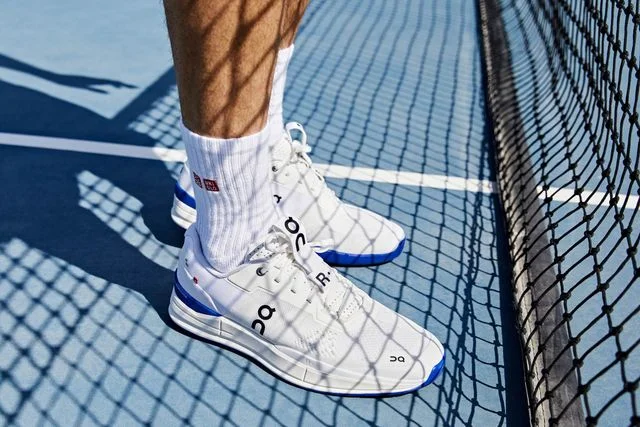
By considering these factors, you can assess the potential stretchability of your tennis shoes and make informed decisions about stretching techniques or finding the right fit.
Related To: Best Tennis Shoes For Wide Feet
Stretching Techniques
If you have tennis shoes that are a bit too tight or uncomfortable, there are several stretching techniques you can try to achieve a better fit. Here are some effective methods for stretching tennis shoes:
Wearing-in method
This involves gradually breaking in your shoes over time. Start by wearing them for short periods, gradually increasing the duration each day. Engaging in light activities like walking can help the shoes stretch and mold to your feet.
Heat and moisture method
Applying heat and moisture can make the material of the shoes more pliable, allowing for easier stretching. You can use a hairdryer or heat gun to warm up the shoes, and then wear them with damp socks to help them stretch. Remember to be cautious with heat to avoid damaging the shoes.
Stretching aids
There are specialized tools available, such as shoe stretchers, that can help stretch tennis shoes. These devices can be inserted into the shoes to expand them gradually. Additionally, there are stretching sprays or liquids that can be applied to the shoes to enhance their stretchability.
It’s important to note that while these techniques can be effective, there are limitations to how much a shoe can stretch. Some materials may have restrictions on their stretchability, and overstretching can damage the shoes. It’s always advisable to proceed with caution and follow the instructions provided with any stretching aids.
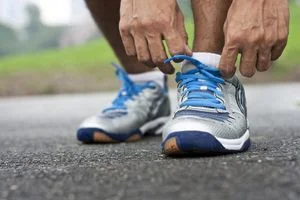
By utilizing these stretching techniques, you can potentially achieve a more comfortable fit with your tennis shoes. Remember to be patient and allow time for the stretching process to take effect.
Limitations of Stretching
While stretching techniques can be helpful in achieving a better fit for your tennis shoes, it’s important to be aware of their limitations. Here are some key limitations to keep in mind:
Material limitations
Not all materials have the same stretchability. Some materials, like leather and canvas, have natural elasticity and can stretch to a certain extent. However, synthetic materials may have limited stretchability, and attempting to stretch them too much can lead to damage or deformation.
Structural limitations
The design and structure of the shoe can also impact its stretchability. Certain shoes have reinforced areas or rigid components that limit how much they can stretch. It’s important to consider the shoe’s construction and design before attempting to stretch it.
Overstretching risks
Stretching shoes beyond their natural limits can cause them to lose their shape, support, and durability. Overstretching can lead to the shoes becoming too loose or developing weak spots that may lead to discomfort or premature wear and tear.
It’s crucial to exercise caution when stretching tennis shoes and to follow the recommended stretching techniques. It’s always a good idea to start with gradual stretching and assess the fit along the way. If you encounter resistance or feel excessive strain, it’s best to stop stretching to avoid damaging the shoes.
Understanding the limitations of stretching can help you make informed decisions about how much you can stretch your tennis shoes and ensure their longevity and performance.
Tips for Proper Fit
Achieving a proper fit is essential for comfort and foot health when it comes to tennis shoes. Here are some helpful tips to ensure you find the right fit:
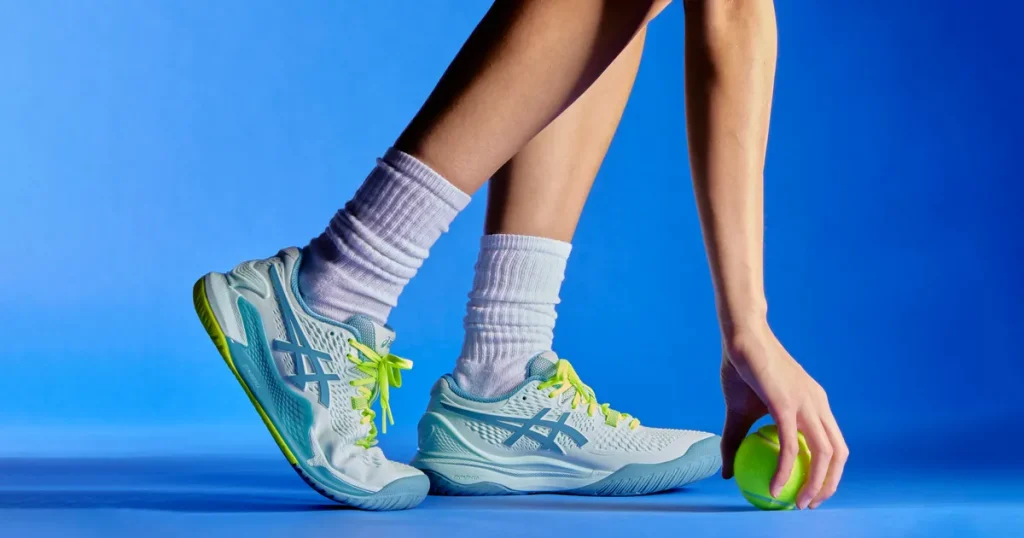
Getting the right size
Start by measuring your feet using a foot measuring device or by visiting a shoe store for professional assistance. Knowing your accurate foot size can guide you in selecting the appropriate shoe size.
Trying on shoes before purchasing
Whenever possible, try on tennis shoes before buying them. Walk around in them to assess the fit and comfort. Pay attention to any areas of tightness or discomfort, as this may indicate the need for a different size or style.
Considering foot shape and arch support
Different shoe brands and models cater to various foot shapes and arch types. If you have high arches or flat feet, look for shoes that provide adequate support and cushioning in those areas. Trying on different styles can help you find the best match for your foot shape.
Allowing space for toe movement
Ensure that there is enough room in the toe box area for your toes to move comfortably. Your toes should not feel cramped or restricted. Aim for about a thumb’s width of space between your longest toe and the front of the shoe.
Checking for heel slippage
While the shoe should fit snugly, it’s important to avoid excessive heel slippage. If your heel lifts significantly when walking, it may indicate that the shoe is too big or not the right shape for your foot.
By following these tips, you can increase the likelihood of finding tennis shoes that fit well and provide the necessary support and comfort for your feet. Remember that everyone’s feet are unique, so it may take some trial and error to find the perfect fit.
Related To: Best Tennis Shoes For Zumba
Conclusion
In conclusion, the stretchability of tennis shoes can vary depending on factors such as material composition, construction techniques, and foot shape. While some materials and construction methods allow for more stretchability, it’s important to be aware of the limitations of stretching. Stretching techniques, such as wearing-in methods, heat and moisture methods, and the use of stretching aids, can be effective in achieving a better fit for tennis shoes. However, it’s crucial to proceed with caution and follow instructions to avoid damaging the shoes.

